Determine the meaning of multiple-meaning words with an engaging Vocabulary Card Game.
Start Teaching Multiple Meaning Words Today!
Teaching multiple-meaning words early on is so essential for building strong vocabulary and comprehension skills. When kids understand that words can have different meanings depending on how they’re used, it helps them make sense of what they’re reading or hearing. Plus, it improves both written and verbal communication. By introducing multiple-meaning words early, we’re also helping them think critically and solve problems when they come across new words in different contexts.
Match It Up! Multiple Meaning Word Game
This set of printable multiple-meaning word cards is a fun and interactive matching game designed to help students explore and understand words with more than one meaning. Each card features a word in bold, along with two corresponding images representing its different meanings.
To play, students will match the written word to both images, reinforcing their understanding of how context can change the meaning. These cards are perfect for group activities, literacy centres, or independent practise.
Download and Print!
This resource is available as an easy-to-use Google Slides or Printable PDF Resource file. To get your copy, click the dropdown arrow on the download button to select your preferred file format.
This resource was created by Samantha Rose, a teacher and Teach Starter Collaborator.
Even More Amazing Vocabulary Games for Kids!
Don’t stop there! We’ve got even more amazing vocabulary games just like this one. Make sure you check these out before you go.
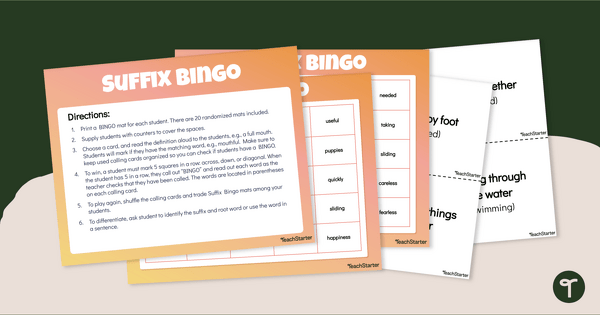
teaching resource
Suffix Bingo - Vocabulary Game
Match words with suffixes to their meanings in this BINGO game.
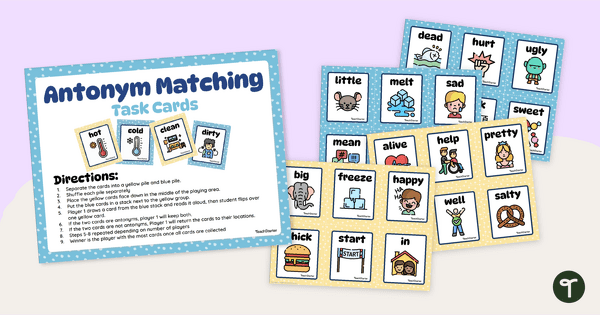
teaching resource
Antonym Match Up Activity
Match sets of antonyms and build vocabulary with an antonym matching game.
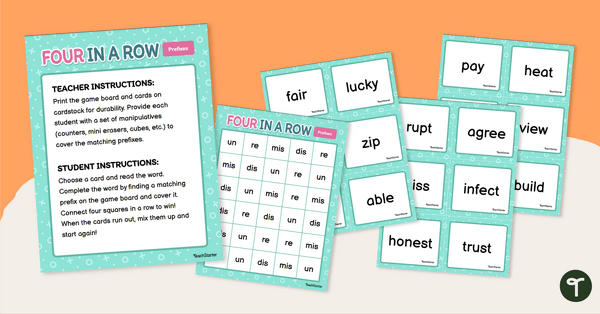
teaching resource
Prefixes Vocabulary Word Game
Practise matching words to their common prefixes with an exciting Four in a Row Vocabulary Game.
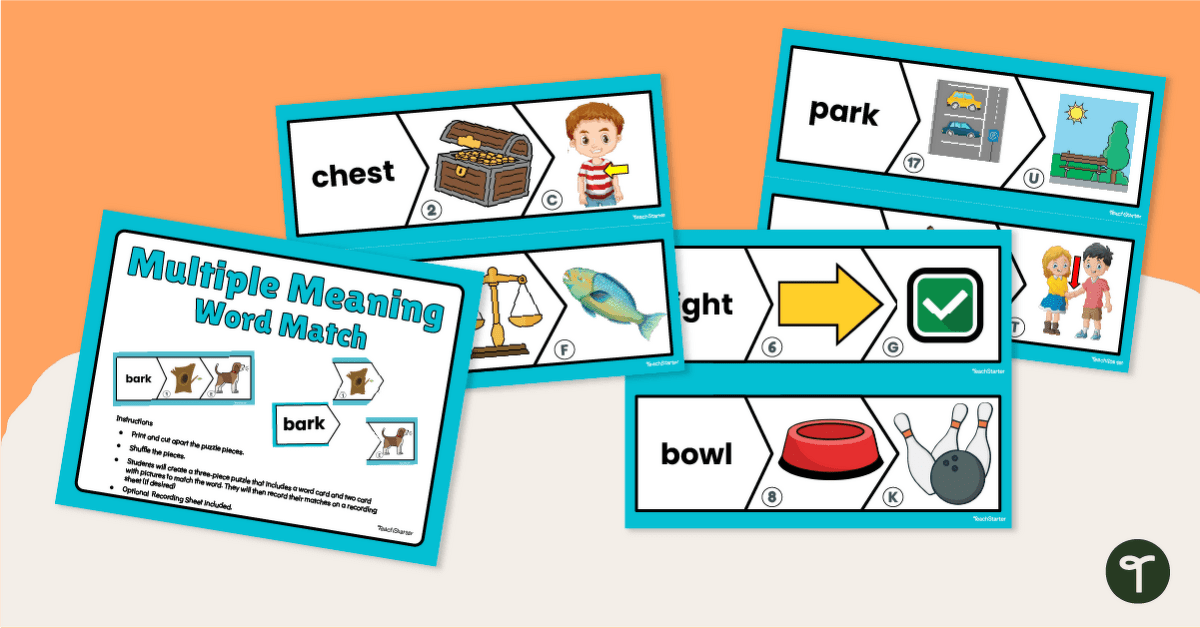


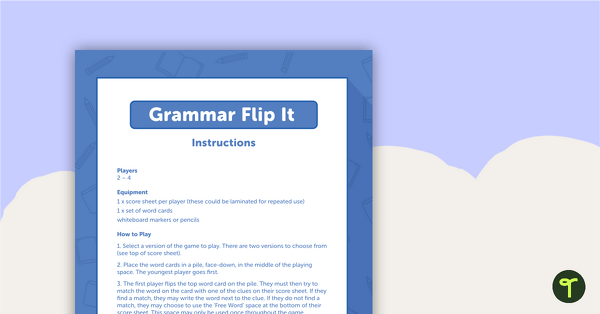
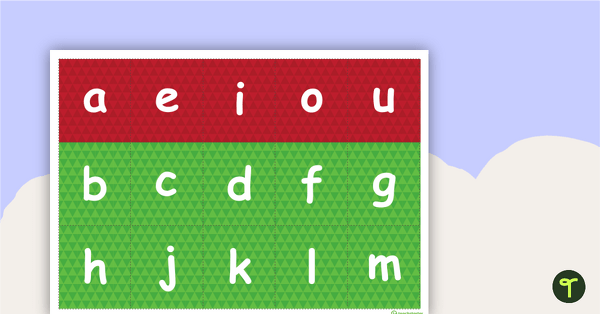
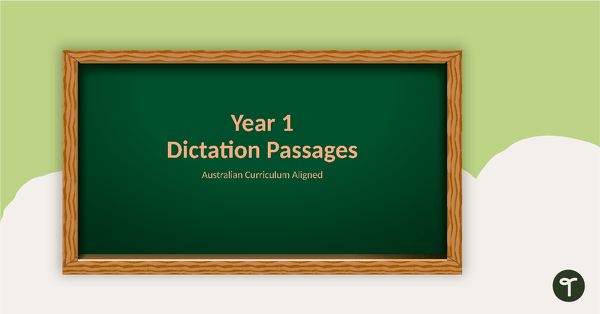
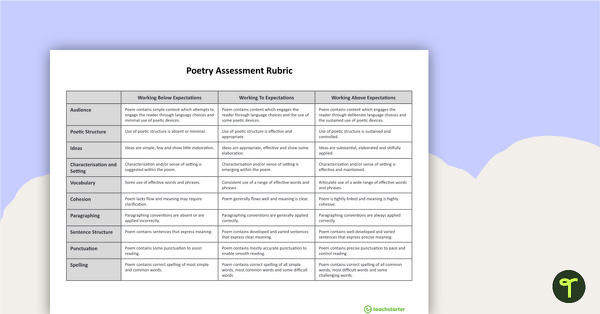
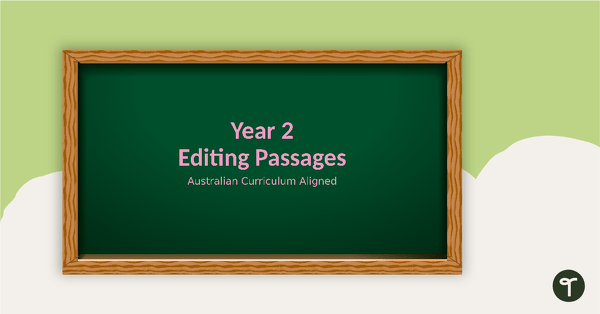
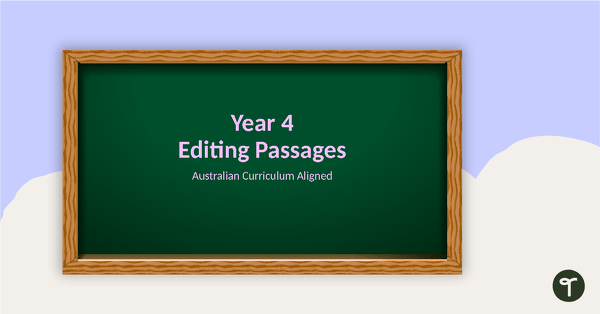

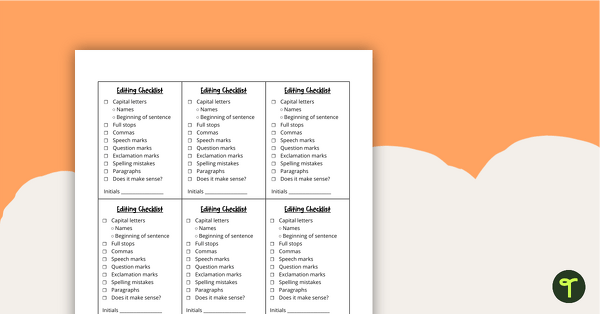
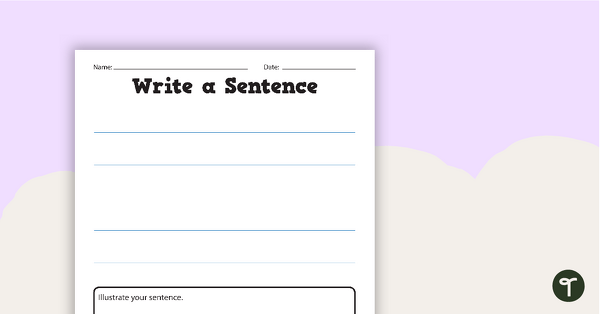
0 Comments
Write a review to help other teachers and parents like yourself. If you'd like to request a change to this resource, or report an error, select the corresponding tab above.